
We have become so familiar with local searches that we rely entirely on them as if they are our assistants. They are always ready to help by showing us where to go, how to get there, and what the opening hours are.
46% of all Google searches are users seeking local information. You may be thinking that you are one of them, but look at the data from your business’s point of view. Does your business rank for local searches?

If your business is not easy to find via ‘near me’ searches, you are missing out on a ton of potential local customers. Also, consider the fact that local searches on smartphones are steadily and rapidly increasing.
If you haven’t added a local SEO strategy to improve ‘near me’ searches, it’s time to consider doing so before your competitors steal your clients or customers!
Below, we’ll explore 7 ways to optimise your business for “SEO service near me” for mobile as well as desktop.
7 Proven Ways to Rank for ‘Near Me’ Local Searches
From 2013 to 2017, ‘near me’ searches have increased by 900%. Looking at the increasing use of smartphones, Amazon Alexa, Siri and Google Home assistants, local searches will only pick up in the upcoming years. Therefore, ranking your business for ‘near me’ searches is more crucial than ever.
These quick ‘near me’ tricks will help you enhance your local SEO strategy.
1. Research Local Keywords
Generally, to rank globally, you should research keywords that fit your targeted audience from all regions.
Similarly, to rank for local searches, you must target keywords that suit the local audience. This means you have to make a list of local keywords that are specifically used to attract local searchers.
Example:-
Best restaurants near me
Book store near me
Grocery shop near me
For example, if users are searching for veg pizza, their intentions might be to find a recipe, a nearby pizza store, or an image of veg pizza. The intention is quite broad and not very clear, so Google ranks pizza recipes at the top of the list. This is called a global search.
But if users search for ‘veg pizza near me’, their intention is clearly to go out and enjoy a veg pizza. As a result, Google displays local veg pizza stores at the top.
These are local keywords intended to be used in a local search, which you have to focus on first while starting your local SEO journey.
One thing to note here is that if users are searching for ‘best restaurants near me’, it doesn’t mean ‘near me’ is your keyword. That’s Google’s business. When users search for ‘something near me’, Google tracks their location to present results accordingly. So, your keywords are ‘best restaurants in your location’. For instance, if you have a pizza store in Melbourne, your keywords are ‘best pizza in Melbourne’.
2. Optimised for Mobile-Focused Keywords
30% of mobile searches are based on location, and we all know this number is going to rise in the future. Also, you can’t ignore the fact that nobody ever bothers to switch on a desktop or laptop to search for a nearby store anymore. The smartphone is our go-to option for all local searches. So, your next job is to find the keywords searchers use to locate nearby businesses on smartphones, which may also include voice-enabled searches.
- Look for shorter keywords: Users prefer to type on mobile. For example, desktop users will search for ‘Mexican restaurants near me’. On mobile, users are more likely to search for ‘Mexican food near me’ because it is much shorter.
- Voice keywords are longer than typing. When users talk, they will generally use an entire sentence instead of a few words. Find out voice-enabled keywords like ‘what are some good Mexican restaurants near me’ and assign your keywords accordingly.
- Always focus on location when you are adding local keywords to the list.
- Look for alternatives. For example, some people type ‘Australia’ or some prefer ‘AUS’ and so on.
By now, you probably have a bucket full of local keywords. Let’s put them to good use via content.
3. Create Local Content
Local content is content where you mention location, include reviews and ratings from local customers, create articles for a local audience and add FAQ pages that answer common questions.
Let’s say we searched ‘SEO service near Sydney area,’ Google will display the top companies in its first four blocks (more on that later) followed by these local-focused blogs:
You already have a list of keywords. Raise your creativity to create high-quality content that includes location and answers users’ local queries.

Get weekly insights for revenue-shifting results
Sign up for our newsletter and be the first one to know about our exclusive offers, digital marketing news and updates.
|
|
Thank you for Signing Up |


4. NAP for Local Pack
NAP stands for a business name, address, and phone number. When users search with ‘near me’ words, Google tracks their location and the location of nearby businesses. The search engine giant comes up with the best possible match for the most convenience. Google will crawl your business only when you have inserted an updated business name, address, and phone number. Once you have NAP, you are more likely to cover Google’s first 3 blocks.
5. List in Local Directories
Your website is not the only place for ‘near me’ searches. Don’t forget all those directories, blogs, and review sites with quality details that steal Google’s first page.
Contact relevant sites or directories and ask them to list your business. Provide enough details like NAP and local customer reviews to convince them of your business’ worth.
6. Dedicate an Entire Web Page to Each Location
Having multiple locations on a single web page confuses Google when it crawls your business for local searches. Dedicating an entire web page to a particular location clears the confusion and makes your online business easier to list. So, if you have multiple locations, create a web page for each one.
Dominos dedicates an entire web page to a particular location with updated NAP to make local searches easier to find.
7. Insert Location in URL
As per Neil Patel’s research, Google’s first choice for local searches is domains including a location name.
Try it yourself. Perform any local search and notice the URLs. For example, I searched for ‘veg pizza Paris’. Most of all, the first page results have the entire location – Sydney -> NSW – in their URLs.
Putting your location in the URL is the sure-fire way to let Google know that you are in the area and attract other fellow locals.
Wrapping Up
With local searches, it’s much easier to rank on the first page of Google. You have 7 ways to jumpstart your local SEO strategy journey. As you apply them, you will find them much easier than global SEO strategies. Go on. Try them and come back to share your results.
In search for strategic sessions?
Let us understand your business thoroughly and help you
strategies your digital product.
It's time to call your business-
a brand!
Australian Owned Agency
Save Time and Money
Unbeatable Value
Where Work Gets Done
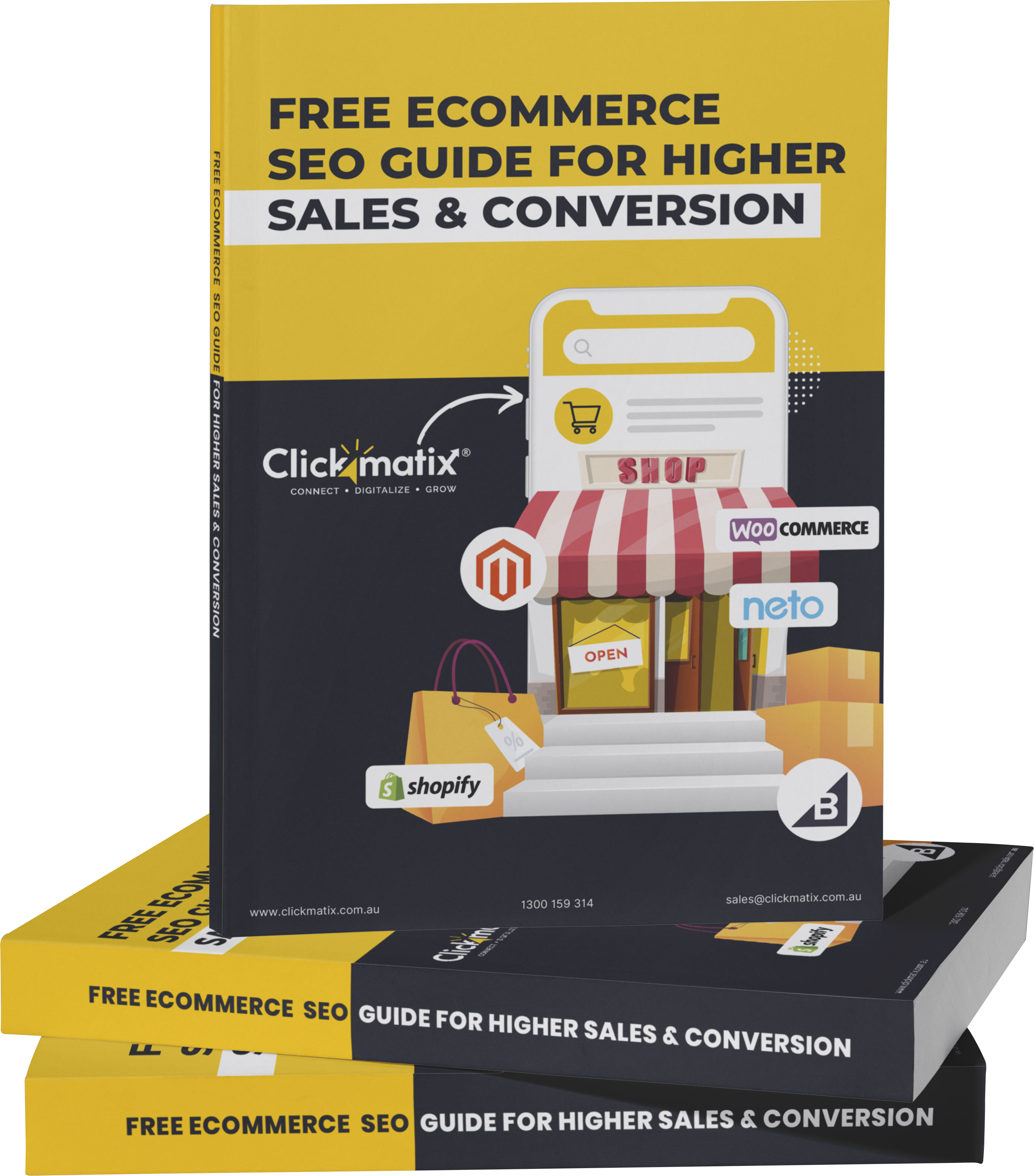
free Ecommerce SEO guide for Higher Sales & Conversion



THE ULTIMATE MARKETING GUIDE FOR LAWYERS



Youtube Ads Guide How to Advertise on Youtube



free Ecommerce SEO guide for Higher Sales & Conversion


It's time to call your business-
a brand!
Australian Owned Agency
Save Time and Money
Unbeatable Value
Where Work Gets Done


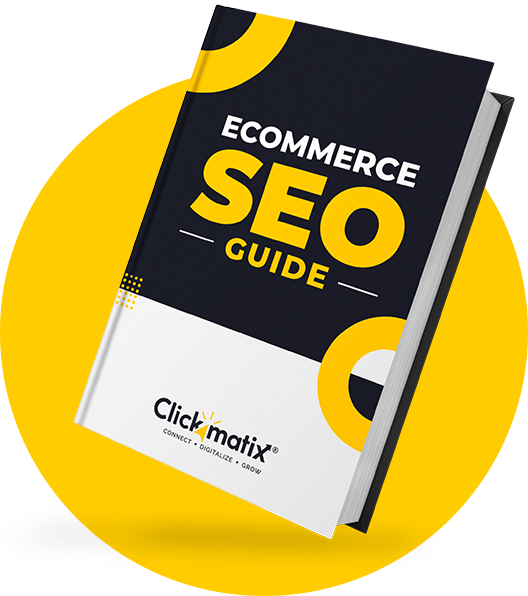
The Game-Changing Ecommerce SEO Guide That Will Blow Your Mind & Sales
With this Ecommerce SEO Guide, you'll be able to:
- Develop a Ecommerce SEO strategy.
- Build a content marketing strategy that aligns with your business goals.
- Convert your website visitors into paying customers.



Youtube ads guide how to advertise on youtube
With this Youtube ads Guide, you'll be able to:
- Develop a Youtube ads strategy.
- Build a type of ads of your own that aligns with your business goals.
- Generate revenue from youtube ads.
It's time to call your business-
a brand!
Australian Owned Agency
Save Time and Money
Unbeatable Value
Where Work Gets Done













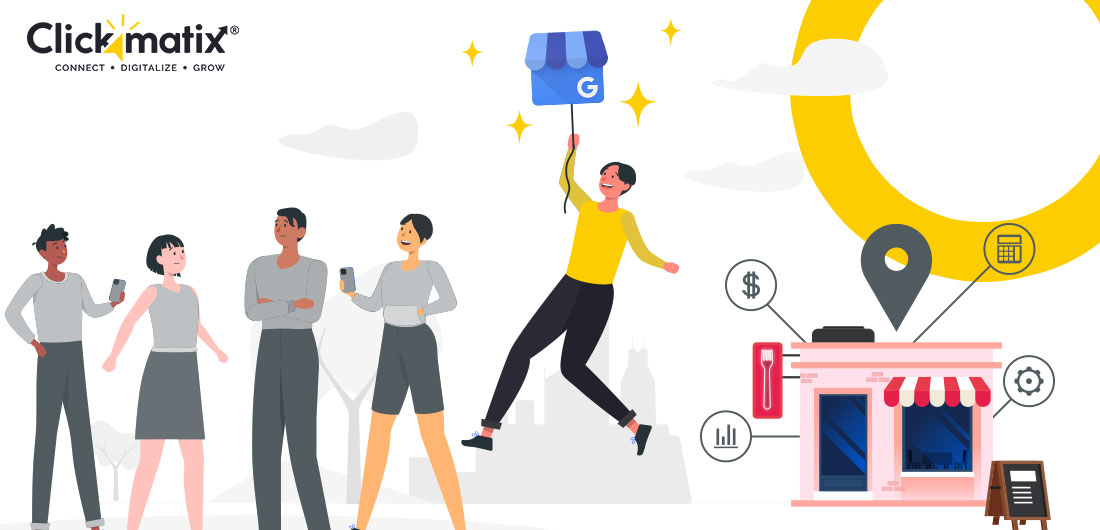
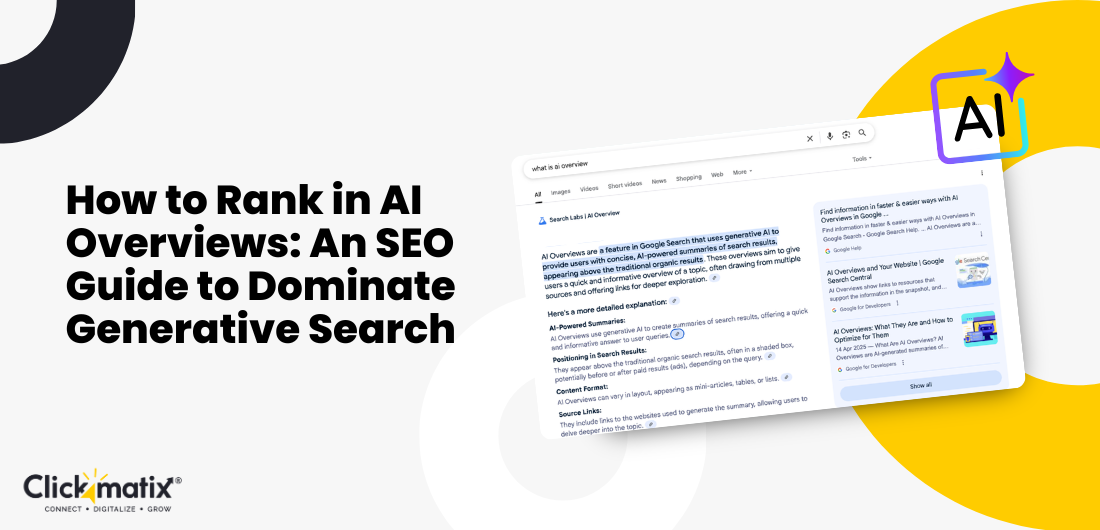
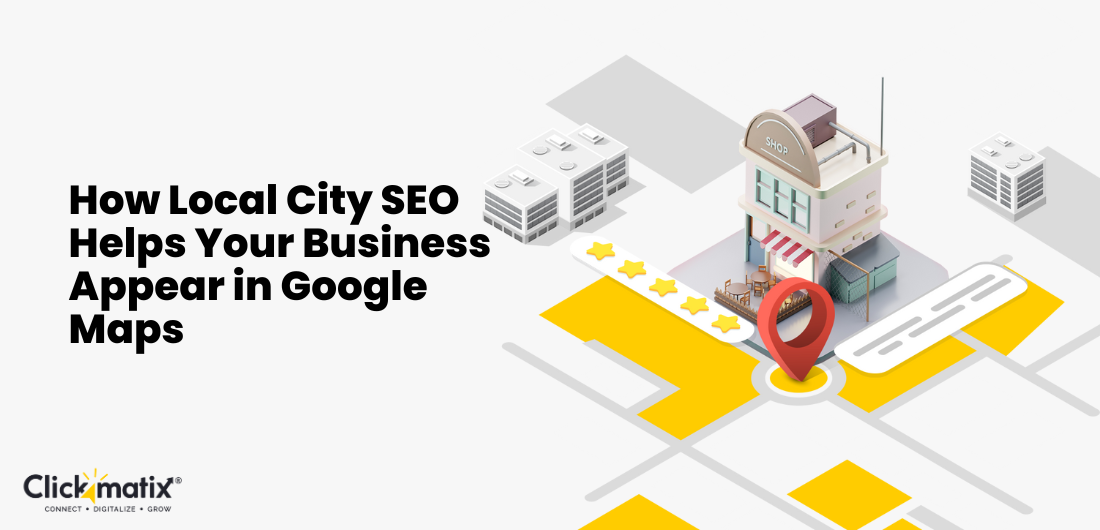

 Australian Owned Agency
Australian Owned Agency Save Time and Money
Save Time and Money Unbeatable Value
Unbeatable Value Where Work Gets Done
Where Work Gets Done